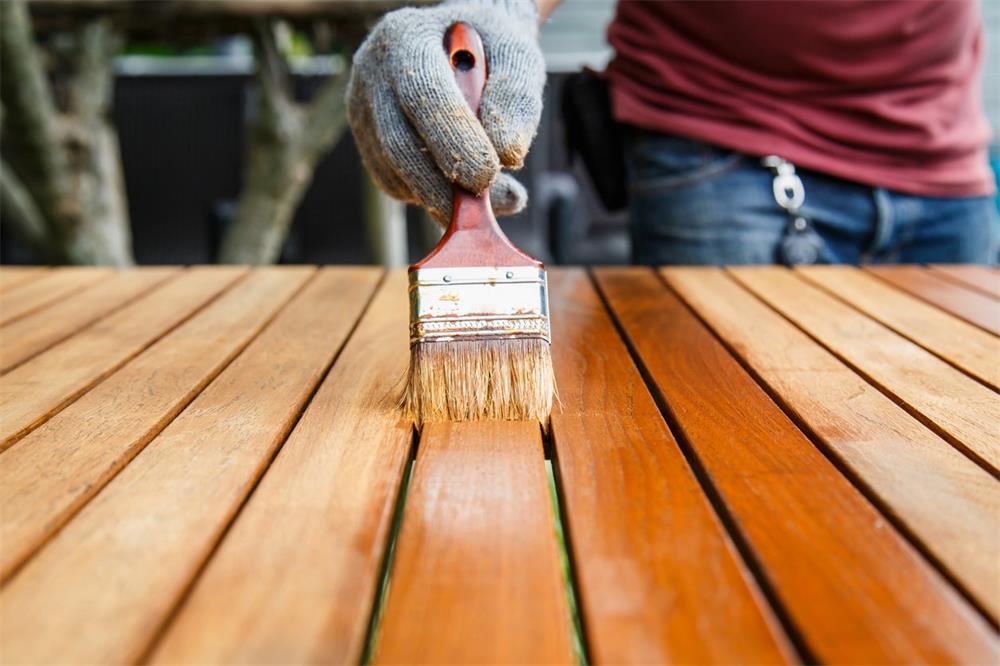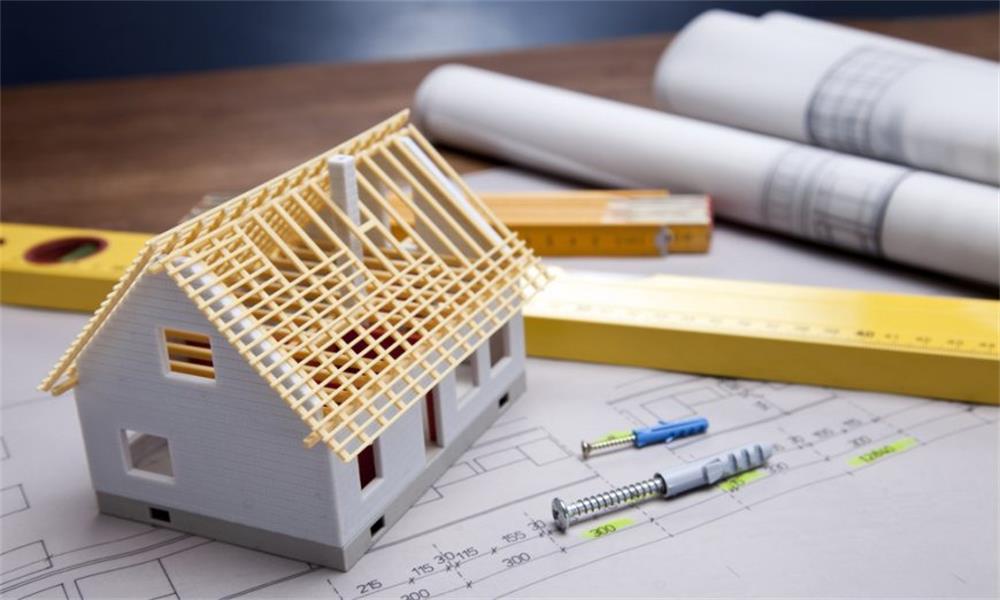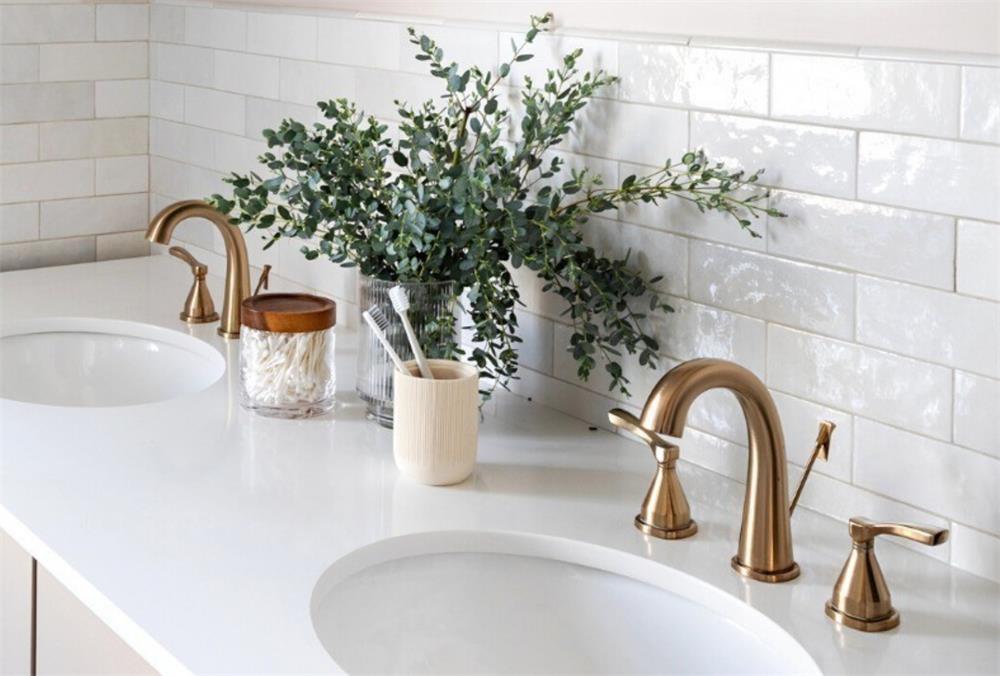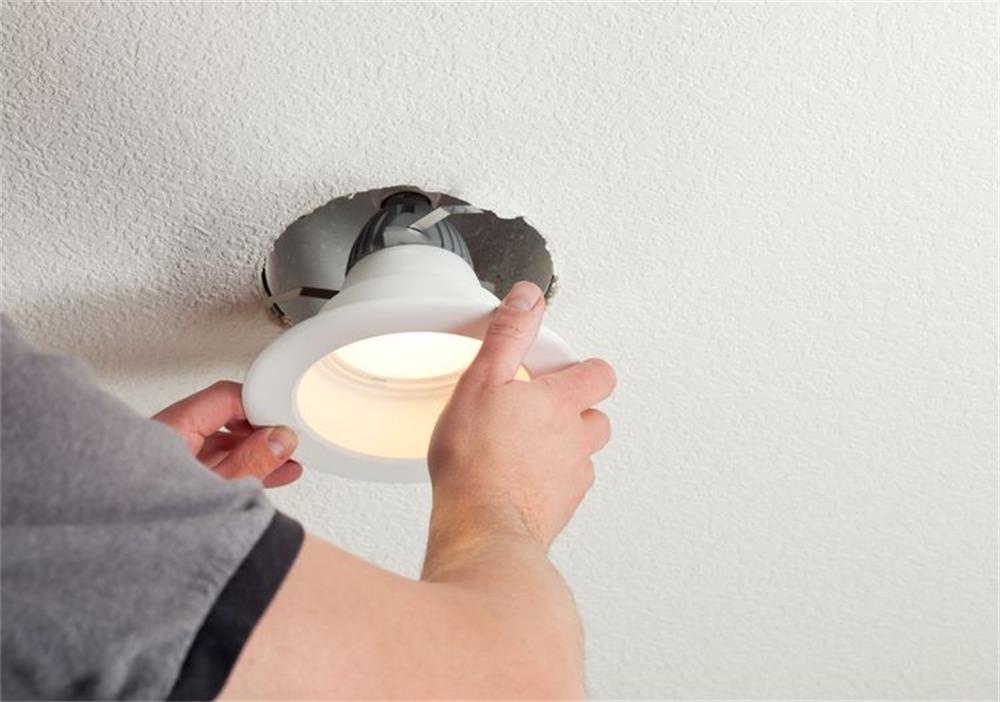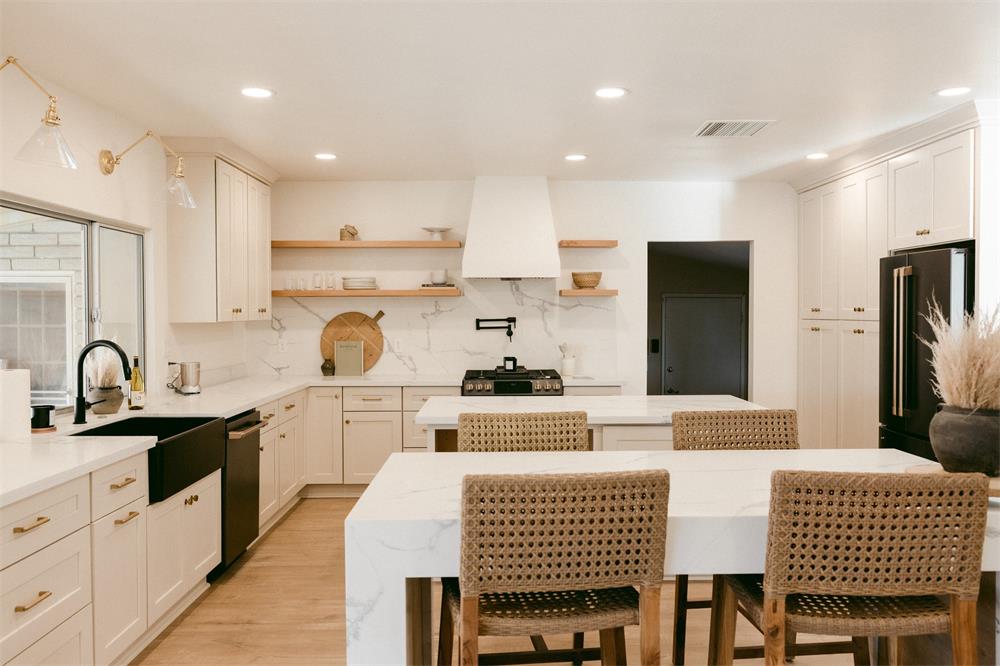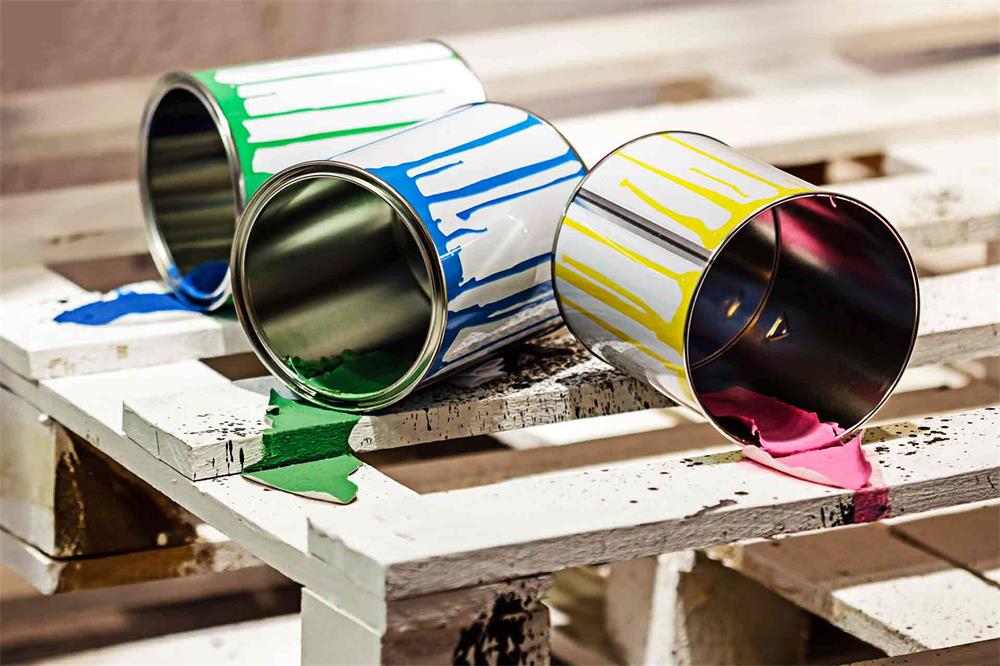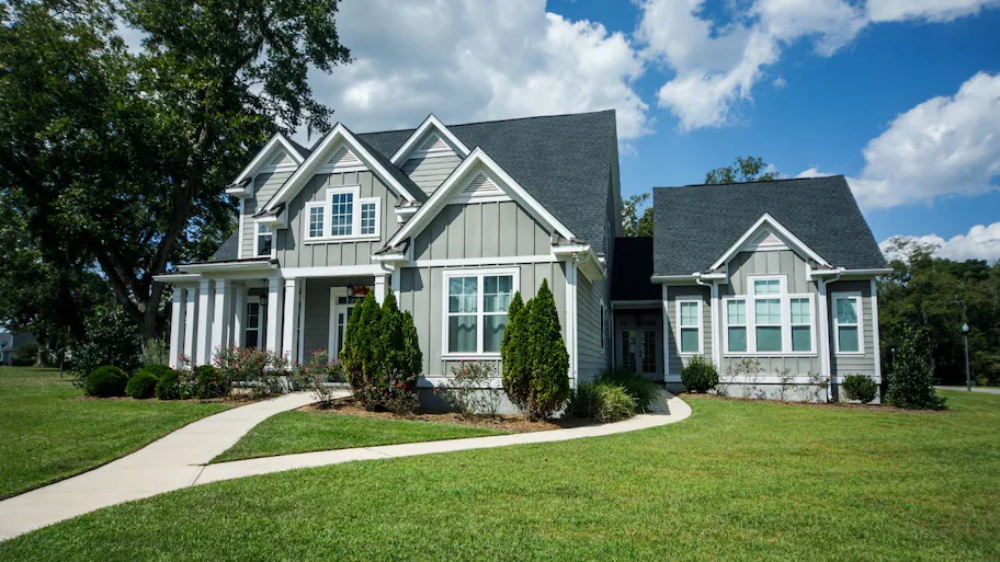Contents
Wood stain is a great way to enhance the beauty and durability of your wood projects, but it can also be tricky to work with. One of the most common questions that woodworkers have is how long does it take for wood stain to dry? The answer depends on several factors, such as the type of wood, the type of stain, and the environmental conditions. In this article, we will explain how these factors affect the drying time of wood stain and give you some tips on how to speed up the process.
Type of Wood
The first factor that influences the drying time of wood stain is the type of wood you are using. Different types of wood have different levels of absorbency, which affects how quickly they soak up and release the stain. Generally speaking, hardwoods are less porous than softwoods, which means they dry faster and more evenly. Pressure-treated wood is also less porous than softwood, but it may require thinner coats of stain to avoid excess seepage.
Here are some approximate drying times for different types of wood:
- Hardwood: 4 to 8 hours to touch, 24 to 48 hours to cure
- Softwood: 10 to 12 hours to touch, up to 72 hours to cure
- Pressure-treated wood: 4 to 8 hours to touch, 24 to 48 hours to cure
To get the best results with wood stain, it is recommended that you use a pre-stain conditioner on softwood to prevent blotchiness and unevenness. You should also wipe off any excess stain that pools on the surface of pressure-treated wood.
Type of Wood Stain
The second factor that affects the drying time of wood stain is the type of stain you are using. There are many types of wood stain available on the market, each with its own advantages and disadvantages. Some of the most common types are water-based, oil-based, gel, lacquer, varnish, and dye stain.
Here are some approximate drying times for different types of wood stain:
- Water-based stain: 3 to 4 hours to touch, 24 to 48 hours to cure
- Oil-based stain: 12 to 24 hours to touch, up to 72 hours to cure
- Gel stain: 24 hours or more to touch and cure
- Lacquer stain: 30 minutes or less to touch and cure
- Varnish stain: 6 to 8 hours or more to touch and cure
- Dye stain: 1 hour or less to touch and cure
As you can see, water-based stains tend to dry faster than oil-based stains, but they may also be less durable and resistant. Gel stains take longer than any other type of stain to dry, but they also offer more control and consistency. Lacquer stains are very fast-drying but also very toxic and flammable. Varnish stains are slow-drying but also very durable and protective. Dye stains are fast-drying but also very transparent and penetrating.
Environmental Factors
The third factor that influences the drying time of wood stain is the environmental conditions where you are working. The temperature, humidity, and air circulation can all affect how quickly the stain dries and cures. Ideally, you want to work in a well-ventilated area with moderate temperature and humidity levels.
Here are some general guidelines on how environmental factors affect the drying time of wood stain:
- Temperature: The higher the temperature, the faster the stain dries. However, if the temperature is too high (above 90°F), the stain may dry too quickly and unevenly. The optimal temperature range for staining wood is between 50°F and 90°F.
- Humidity: The higher the humidity, the slower the stain dries. This is because moisture in the air prevents the solvent in the stain from evaporating quickly. High humidity levels can also cause swelling and warping of the wood. The optimal humidity range for staining wood is between 40% and 70%.
- Air circulation: The more air circulation there is, the faster the stain dries. This is because moving air helps carry away the solvent vapors from the surface of the wood. However, too much air circulation can also cause dust and debris to settle on the wet stain and ruin the finish. You should avoid working in windy or dusty conditions when staining wood.
Tips for Speeding Up Wood Stain Drying Time
If you are in a hurry or want to save some time when staining wood, there are some tips you can follow to speed up the drying process. However, you should always follow the manufacturer’s instructions and safety precautions when using wood stain products.
Here are some tips for speeding up wood stain drying time:
- Use a thinner coat of stain: Applying a thin coat of stain will help it dry faster and more evenly than a thick coat. You can use a brush, roller, or spray to apply the stain, but make sure to spread it evenly and wipe off any excess with a clean cloth. You can always add another coat later if you want a darker or richer color.
- Use a faster-drying stain: Choosing a faster-drying type of stain, such as water-based, lacquer, or dye stain, will reduce the drying time significantly. However, you should also consider the durability and appearance of the stain before making your choice. For example, water-based stains may not be as resistant to water and UV rays as oil-based stains, while lacquer stains may require special equipment and ventilation to use safely.
- Use a fan or heater: Increasing the air circulation and temperature in the area where you are staining wood will help the stain dry faster. You can use a fan or heater to create these conditions, but make sure to keep them at a safe distance from the wood and the stain products. You should also avoid blowing dust or debris onto the wet stain.
- Use a dehumidifier: Reducing the humidity in the area where you are staining wood will also help the stain dry faster. You can use a dehumidifier to lower the moisture level in the air, but make sure to empty the water tank regularly and keep it away from the wood and the stain products.
- Wait for the right weather: If you are staining wood outdoors, you should wait for the right weather conditions to do so. Avoid staining wood on rainy, humid, or windy days, as these can prolong the drying time and affect the quality of the finish. Instead, choose a sunny, dry, and calm day to stain your wood project.
Conclusion
Wood stain is a wonderful way to enhance the beauty and durability of your wood projects, but it can also be tricky to work with. Knowing how long it takes for wood stain to dry is essential for planning your work and achieving the best results. The drying time of wood stain depends on several factors, such as the type of wood, the type of stain, and the environmental conditions. On average, wood stain takes about 24 to 72 hours to fully dry and cure, though you can typically add a second coat after about four hours. You can also use some tips to speed up the drying process, such as using a thinner coat of stain, using a faster-drying stain, using a fan or heater, using a dehumidifier, or waiting for the right weather. However, you should always follow the manufacturer’s instructions and safety precautions when using wood stain products.
We hope this article has helped you learn more about how long it takes for wood stain to dry and how to speed up the process. If you have any questions or comments, feel free to leave them below. Happy staining!

